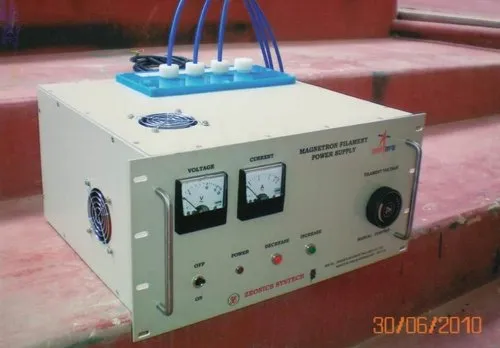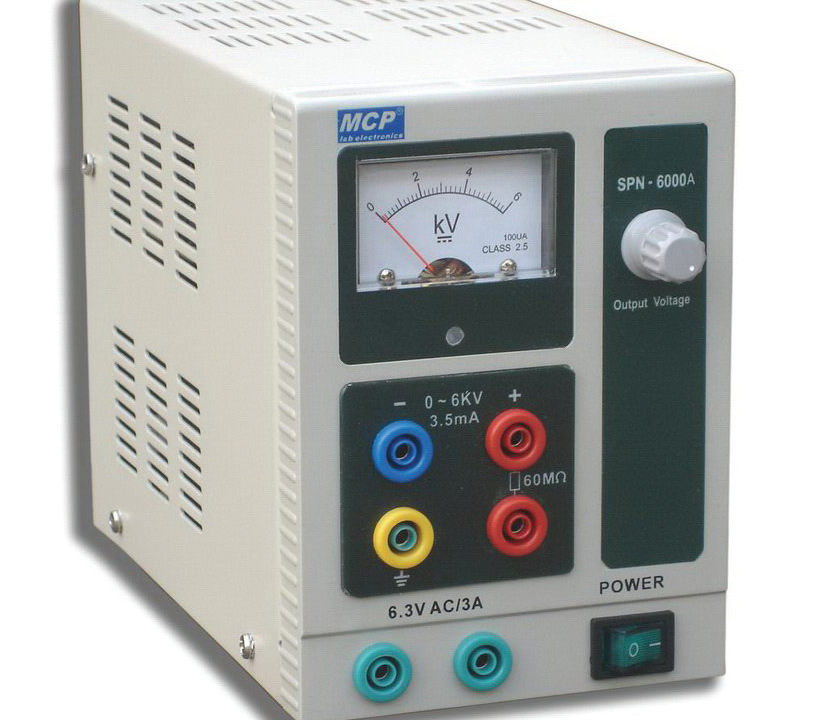
Industrial Microwave Generators
April 3, 2023
Magnetrons – Types and Making
April 6, 2023Various applications in electrical engineering and applied physics require different types of high voltages, including direct current (D.C.), alternating current (A.C.), and impulse voltages. For example, high D.C. voltages of at least 100 kV are needed for electron microscopes and x-ray units, while electrostatic precipitators and particle accelerators require D.C. voltages of several kilovolts or even megavolts.
Testing power apparatus rated for extra high transmission voltages (400 kV system and above) requires high A.C.voltages of at least one million volts. High impulse voltages are necessary for testing purposes to simulate overvoltages caused by lightning or switching action.
Insulation testing of various power system components for different types of voltages is the primary concern for electrical engineers dealing with high voltages. Therefore, the generation of high voltages in laboratories for testing purposes is crucial.
The different types of high voltages mentioned above can be classified into five categories, namely, high D.C. voltages, high power frequency A.C.voltages, high high-frequency A.C.voltages, high transient or impulse voltages of very short overvoltages, and transient voltages of longer duration such as switching surges.
Typically, in high voltage testing, the current under failure conditions is limited to a small value. However, for certain cases, such as surge diverter testing or the short circuit testing of switchgear, high current testing with several hundreds of amperes is essential. Surge diverters require high surge currents of several kiloamperes for testing purposes.
Benefits of High Voltage Power Supplies
High voltage power supplies offer significant advantages in industrial processing machinery. By maintaining a constant high supply voltage, the current required is reduced, which is crucial for machinery that consumes a lot of power. Using a low voltage would necessitate a very high current, requiring the generation of large conductors, which would be both costly and inefficient.
In addition, the size and cost of circuit breakers are directly proportional to the amount of current flowing in the system. Higher currents require larger and more expensive circuit breakers, making installation complex and heavy. Reducing the required current for optimal machinery operation results in savings on wiring and electrical components and reduces heat losses. This increased electrical efficiency improves the overall system performance.
Related posts
High Voltage Power Supply. High Voltage Probe. High Voltage Relay.




